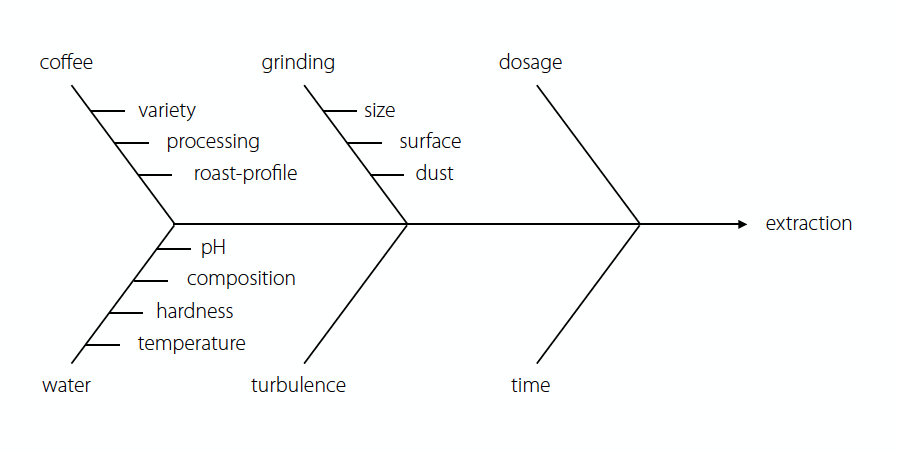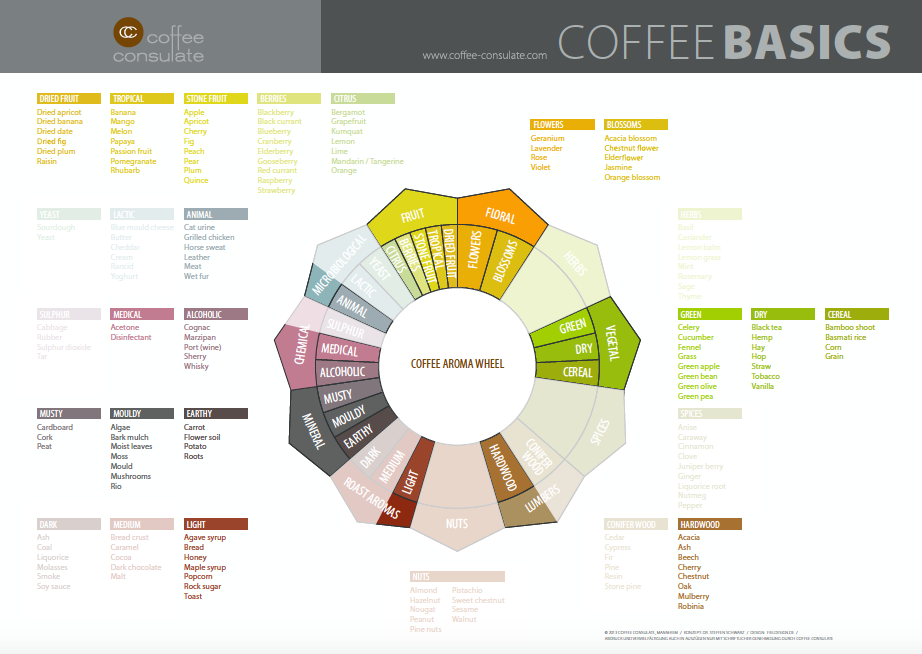Cold Brew Online Seminar Day 1
Last week we hosted our very first online coffee seminar in collaboration with Coffee Consulate, featuring its founder and coffee scientist Dr Steffen Schwarz, as well as food chemist and toxicologist Dr Dirk Lachenmeier as our main speakers
The response was great, we had over 40 participants who are Coffeologists, coffee professionals and connoisseurs from all over Asian and Europe.
To keep it simple, we have gone over the recordings and extracted some key notes presented in bullet point format for participants to get a quick refresh of memory, and for those who had missed out to get an idea of what was discussed.
Here are some points we have learnt from Dr Schwarz:
Understanding Cold Brew
Cold brew is seen as the latest uprising trend across the entire coffee industry, it also comes with many grey areas unexplored.
Cold brew is an extraction style, not a cold beverage. It’s strictly defined by the method of using cold water for extraction process, but it doesn’t mean you can’t serve it hot even though it may sound counterintuitive.
Cold brew is not iced coffee.
Listed cold brew methods: drip filtration, full immersion, cold press.
The concept of “cold” is relative to your natural or artificial environment, e.g., countries with cold winters, air conditioning, refrigeration etc.
To objectively assess what defines “cold” in the cold brew, it makes sense to use body temperature as a guideline; anything near or above body temperature moves further away from the concept of cold brew.
Extraction time is much longer in cold brew due to the lower extraction power.
20ºC is relatively high temperature with higher extraction power for cold brew.
2 hours is relatively short time to most common cold brew extraction.
Longer extraction time does not equate to better cold brew.
Finding the right balance between brew time and water temperature that doesn’t over or under extract the coffee is essential as time can increase or decrease depending on what temperature the water brews at.
Take other foods for example, such as olive or grape, you want to avoid extracting too much of the skin and the seeds into the end product to try to avoid extracting unpleasant flavours.
Factors that Affect Cold Brew Extraction
Cold brew has a higher food contamination risk compared to its hot counterparts.
Longer brew time of cold brew is responsible for higher exposure to bacterial contaminations.
Contamination free cold brew is hardly possible under usual circumstances due to the lack of complete sterilization.
70% extraction of total soluble solids is the presumed to be the more balance extraction of cold brew coffee by taking temperature, turbulence, grind size and extraction time into consideration.
While fruit and floral and other water-soluble aromas can be found in cold brews, it tends to suppress oil-boned aromas such as herbs, spices, nuts, and other oil-bound aromas that you can find on the Coffee Consulate Aroma Wheel shaded in grey.
Roasting plays a big role in determining what flavours go into the cold brew as you can retain or eliminate different aromas by manipulating different roast levels, try to keep out the unpleasant aromas by not roasting too dark for cold brew.
By paying more attention to the characters of the aromas in the aroma wheel, you can make better decisions on the type of coffees to use for cold brew depending on which water/oil-bond aromas each coffee is known for.
Here’s what we have learnt from Dr Lachenmeier
He had shared with us some interesting results from a series of coffee experiments done at the Stuttgart Intergastra 2020.
Sensory trials based on the ranking research methodology from ISO was run to look at consumer preferences.
Four different types of cold brews were presented and participants were asked to rank them according to their preference order.
There were more than 200 participants per trial to ensure the results are significantly relevant.
Results from the Nitro cold brews showed that Arabica is the more preferred species when done in Nitro compared to the Canepohora (Robusta) that ranked last (the difference within the Arabica samples was not statistically significant).
Results from the trial of using four different methods to prepare an Arabica coffee shows that conventional cold brew is the most preferred sample compared to the other three brewing methods.
However, in the same trial with a Canephora coffee, Nitro came on top (but just by a non-significant degree).
Hot brew was the least preferred in both trials; keep in mind that all samples had the same drinking temperature during the sensory trial.
A Triangle Test was also conducted within a smaller sample size to find out how good are participants at telling part cold brew coffee from hot brew coffee when drank at the same temperature.
20 out of 25 participants were able to correctly differentiate the cold brew from the hot brew samples, and 17 of them preferred the cold brew.
They are now conducting a new research into finding out how people are preparing cold brew in terms of the different parameters listed in the questionnaire.
Please feel free to contribute and fill out the questionnaire if you have experience in preparing cold brew coffee as it will eventually benefit the entire industry as we learn more about the making of this popular beverage. Link to the survey is here:
https://www.surveymonkey.com/r/cold-brew-research
That’s all of our notes from the first session, the Chinese version of this post is here. We will also compile our notes from session two, so stay tuned!
If you have questions or anything to add to our notes, feel free to leave a comment below, we are keen to learn and improve together with you as we get past these difficult times.
More online seminars like this will be coming in the future, follow our Facebook page to stay updated!
















